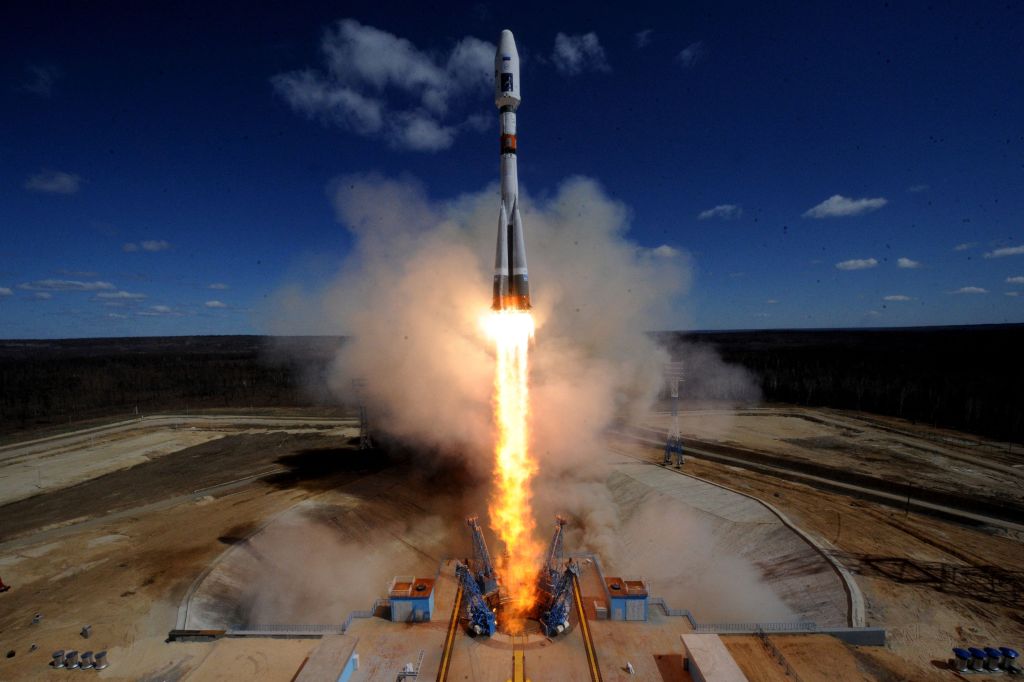SpaceX successfully launched its second crew of astronauts into space at 7:27pm EST on Sunday, an achievement that officially kicks off a new era of commercial human spaceflight.
Four astronauts, and one Baby Yoda doll, are currently onboard the company’s Crew Dragon spacecraft, which is scheduled to dock at the International Space Station (ISS) at about 11pm on Monday.
Videos by VICE
The mission marks the first time that a commercial company has transported an operational crew to the ISS, meaning that the four astronauts will serve a regular six-month stint on the station as part of ISS Expedition 64. Previously, SpaceX had tested the Crew Dragon with a two-person demonstration flight.
The Crew Dragon, named Resilience, is carrying NASA astronauts Michael Hopkins, Victor Glover, and Shannon Walker, along with Soichi Noguchi of Japan’s Aerospace Exploration Agency (JAXA). The mission also continues a tradition of bringing a cute toy along for the ride— in this case, a plush Baby Yoda—as a “zero-g indicator” that is allowed to free-float to mark the passage into the low-gravity realm of space.
The mission follows SpaceX’s first crewed launch on May 30. On that historic voyage, NASA astronauts Doug Hurley and Bob Behnken, along with a toy dinosaur called Tremor, road-tested the Crew Dragon during a short round trip to the station. Hurley and Behnken stayed on the ISS for two months before bringing the commercial spacecraft back to Earth on August 2.
Up until this year, astronauts have only ever ridden back and forth to space on spacecraft built by governmental agencies, such as NASA’s Space Shuttle or the Russian Soyuz capsule. Now, we’re witnessing the fruition of NASA’s decade-long Crew Commercial Program, which encourages private space companies, such SpaceX and Boeing, to develop round-trip crewed spacecraft
“Watching this mission launch is a special moment for NASA and our SpaceX team,” said Steve Stich, manager of NASA’s Commercial Crew Program, in a statement. “We are looking forward to getting this crew to station to continue our important work, and I want to thank the teams for the amazing effort to make the next generation of human space transportation possible.”
SpaceX’s two crewed launches this year mark the first time that astronauts have traveled to the ISS from American soil since the retirement of the Space Shuttle in 2011.
SpaceX is also unique, so far, in its demonstration of key reusable launch systems: the first stage (or booster) of the company’s Falcon 9 rocket is designed to land back on Earth after it has pushed the Crew Dragon into orbit, a maneuver it has successfully completed in both crewed launches. As a result, the same booster that touched down on a droneship in the Atlantic Ocean on Sunday is expected to be used again to launch a third crew of astronauts in late March 2021.




